Rice Husk / Hull→ Crushing → Drying → Briquetting → Rice Husk Briquettes → Packaging → Final Products
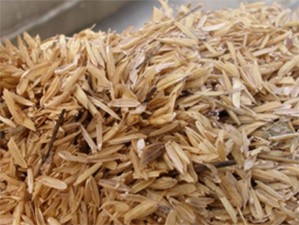 |
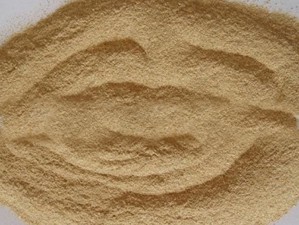 |
| Rice Husk / Hulls | Rice Husk Powder |
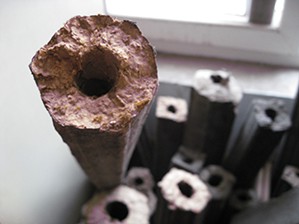 |
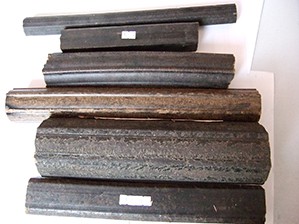 |
| Biomass Briquettes | Fuel Briquettes |
Rice husk is a kind of agro-residue. Generally, compared with sawdust, agro-residues have poor flow characteristics and have a higher potash content and higher ash content. But rice husk is proved to have a good flowability, lower moisture content which makes it an exceptional agro-waste. Moreover, rice husk/hull has a high ash sintering temperature since the ash after combustion contains fewer alkaline minerals. Due to these advantages rice husks become an excellent choice as raw materials for fuel briquettes, although its calorific value is less than other biomass materials such as wood.
Rice Husk Briquette Machine for Sale
(Small & Large Briquetting Machine)
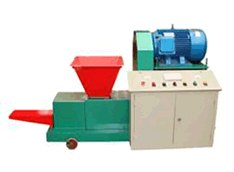 |
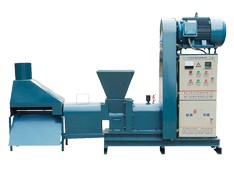 |
| Small Briquetting Machine | Large Briquetting Machine |
Welcome to contact us if you are interested in learning more about rice husk briquetting or want to know more about our briquette machines.
How to make rice husk briquettes?
First of all, you need get enough rice husks/hulls as raw materials. Then, a crusher or hammer mill is needed to grind the husks into powder. Place the powder on the ground under the sun until the moisture content is dried to an appropriate value. Feed the rice husk powder into biomass briquette machine and rice husk briquettes could be easily produced.
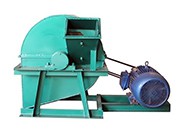 |
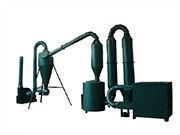 |
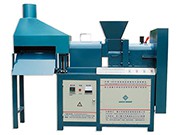 |
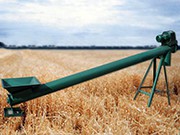 |
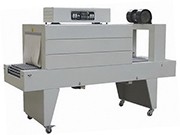 |
| Crusher | Dryer | Briquette Making Machine | Conveyor | Packaging Machine |
Other Agro-residues Appropriate for Fuel Briquetting
Besides rice husks, there are many other agro-residues appropriate for fuel briquetting. Some are described below.

Groundnut shell: Low moisture content (less than 10%) and ash content (2-3%), makes it another excellent material for fuel briquetting.
Mustard stalks: Like cotton sticks, it is also an appropriate material for briquetting.
Coffee husk: This material is available in the coffee growing areas and it also has low ash. It is available with moisture content of 10%.
Bagasse/bagasse Pith: These residues have a correspondingly high heating value (4400 kcal/kg) and low ash content. But the moisture content of these residues after milling can reach 50%, which means drying could be a costly process.
Cotton sticks: Chopped the cotton sticks and store them in dry form. This material has a tendency to degrade during storage. Besides, the alkaline minerals content of this material is higher, so use this material with caution.
Others: Other potential agro-residues suitable for briquetting are coir pith, tea wastes, lentil stalks and lantana camara in hilly areas.
 Español
Español







